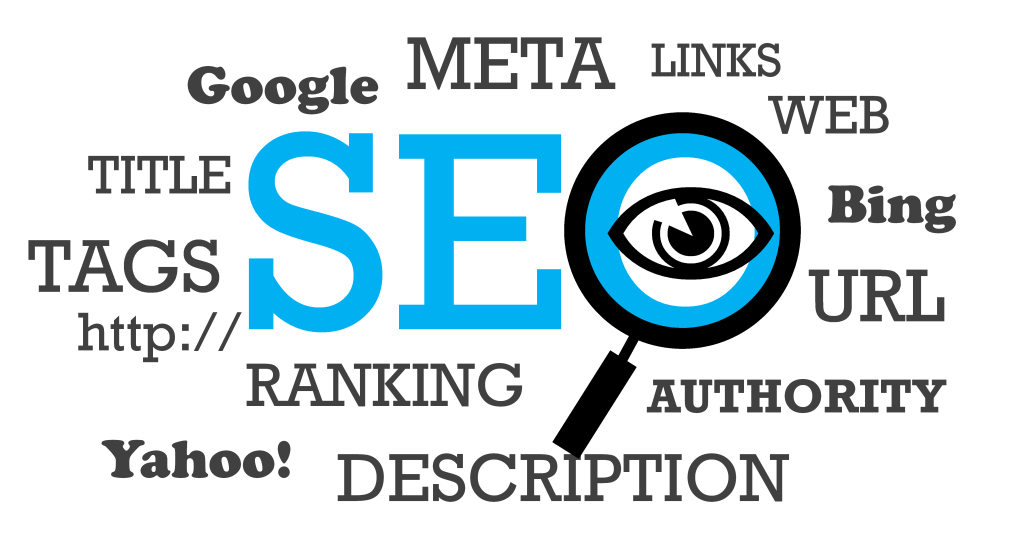
Venturing into entrepreneurship offers an exhilarating journey, requiring careful consideration and thorough preparation. This guide explores essential steps to help you identify the ideal business, empowering you to make informed decisions and lay a solid foundation for success. By following these critical steps from Temitope Adelekan, you’ll be equipped to navigate the complexities of entrepreneurship with confidence and clarity, setting the stage for triumph in your endeavours. Embrace the journey ahead with enthusiasm and dedication as you embark on this exciting path of entrepreneurship.
Aligning with Your Passions
Identifying a business that resonates with your personal interests and passions is vital. Engaging in a field you are deeply passionate about ensures that you find joy and fulfilment in your endeavours. This alignment significantly boosts your determination to overcome obstacles, sustaining your drive during challenging periods. Your enthusiasm for your work will be evident, attracting customers and inspiring your team, thereby laying the groundwork for a thriving business.
Crafting a Strategic Plan
The essence of a successful venture lies in a thorough business plan that sketches out your goals, identifies your target audience, evaluates competitors, formulates marketing strategies, and projects financial outcomes. This plan acts as your venture’s compass, steering your decisions and facilitating investment acquisition. It allows you to anticipate and prepare for any business scenario, ensuring a steady course toward your objectives.
Establishing Contingency Strategies
Preparing for unforeseen challenges is a hallmark of a prudent entrepreneur. By identifying potential threats to your business and devising strategies to counter them, you ensure your venture’s resilience. These contingency plans equip you to handle unexpected situations with poise, ensuring the longevity and stability of your business in the face of adversity.
Laying Financial Groundwork
Ensuring your business’s financial health is crucial for its success, with adequate capital as a key pillar. Your credit score plays a vital role in accessing diverse financing options, making it essential to aim for a high score to secure loans on favourable terms. Achieving financial readiness allows you to fuel your business’s expansion and easily tackle monetary hurdles. This foundation sets the stage for sustainable growth and financial stability.
Setting Attainable Goals
Setting goals is essential for guiding your business’s direction and fostering its growth. Establishing clear and achievable objectives, then breaking them into actionable steps, allows for effective progress monitoring and keeps your venture on course. This systematic approach ensures you stay focused on your business vision, driving you toward your goals with clarity and determination. By adhering to this process, you maintain momentum and steadily advance toward success.
Fostering Industry Relationships
Cultivating connections within your industry is instrumental in accelerating your business’s growth. Engaging in networking events, conferences, and online communities opens doors to valuable insights, mentorship, and collaborative opportunities. These relationships can be a source of support, advice, and partnerships, enriching your entrepreneurial journey with diverse perspectives and experiences.
Trusting Your Intuition
In business decision-making, relying on data and thorough analysis is crucial, but your gut instinct often provides invaluable insights. Your intuition may uncover innovative ideas and opportunities that conventional data overlooks, serving as a vital tool for differentiation in a competitive market. Trusting this inner voice empowers you to foster innovation and make confident decisions even in complex situations. Embracing your intuition can lead to strategic advantages and propel your business forward.
Choosing the ideal business demands thoughtful consideration, detailed planning, and a willingness to face risks with an open mind. By following critical steps carefully, you place yourself on a path to entrepreneurship filled with purpose and clear direction. Trust your abilities and remain flexible in your approach, ensuring your journey is rewarding and successful. Keep your objectives in clear view, guiding every decision you make. This approach empowers you to thrive in the dynamic and exhilarating realm of entrepreneurship.
Feel free to share this post on social networks.
Follow my blog for more insightful articles: http://temitopeadelekan.com
Want to submit a blog post: Share a blog post
Twitter: @taymethorpenj
Brought to you by Justin Wigg
Edited by Temitope Adelekan











